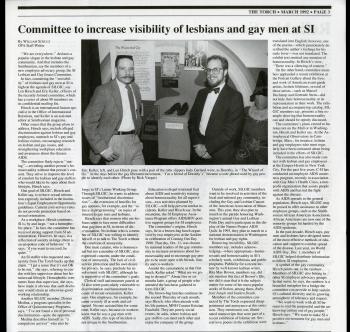 Washington D.C.'s 2017 Pride Parade is fast approaching, to be followed closely by the national March for Equality and Pride.
Washington D.C.'s 2017 Pride Parade is fast approaching, to be followed closely by the national March for Equality and Pride.
As Smithsonian GLOBE—Gay Lesbian and Bisexual Employees—prepares to join in, let’s take a minute to recall how we got this far (and remind ourselves how much farther we have to go).
There’s a voluminous archive of SI GLOBE’s records at the National Museum of American History, along with collections at the Archives. If you peruse it, one name will keep recurring: Len Hirsch. He may not have been the first or only Smithsonian employee lobbying for LGBT rights, but he most certainly was at the forefront for over 25 years until his death in 2015.
Soon after coming to work at the Smithsonian, Hirsch organized the first meeting of what became the Federal GLOBE organization in February, 1988, and he served as its first president for ten years. He helped others form GLOBE chapters at more than a dozen federal government agencies, including what was then called the Smithsonian Institution Lesbian and Gay Issues Committee (SILGIC).
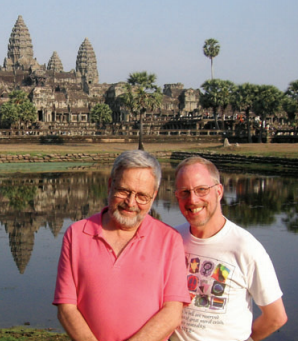 A 1991 SILGIC document outlines several goals, among them “creating a work environment that respects the equal rights of lesbian and gay staff, contractors and visitors” and promoting “visibility in exhibitions on the role and contributions of lesbian and gay persons.”
A 1991 SILGIC document outlines several goals, among them “creating a work environment that respects the equal rights of lesbian and gay staff, contractors and visitors” and promoting “visibility in exhibitions on the role and contributions of lesbian and gay persons.”
Success on that first goal can be measured by, among other accomplishments, an executive order on non-discrimination issued under the Clinton administration and President Obama’s 2009 memorandum extending certain federal employee benefits to same-sex couples.
On the other hand, you only need to look at the controversies surrounding the 2010 “Hide/Seek” exhibition at the National Portrait Gallery to know that much work remains in terms of exhibitions and programs.
And, yes, Hirsch was also among those advocating for the inclusion of LGBT content in public programs. When it appeared that the Smithsonian wasn’t planning anything during the 1993 March on Washington for Gay and Lesbian Rights, he co-organized the exhibition, “Fragments of our History.” When the twenty-fifth anniversary of the Stonewall Riots was going to pass without acknowledgment, he lobbied hard until the National Museum of American History presented a small display on the topic.
Len Hirsch won’t be marching with us this year, but as SI GLOBE prepares to step off for this year’s Pride March, I’d like to echo my old friend’s perennial toast: “Cheers to Queers!”
Related Resources
- The Pride of the Smithsonian, Smithsonian Torch
- Spinsters, confirmed bachelors, and LGBTQ collecting, O Say Can You See? blog, National Museum of American History
Produced by the Smithsonian Institution Archives. For copyright questions, please see the Terms of Use.

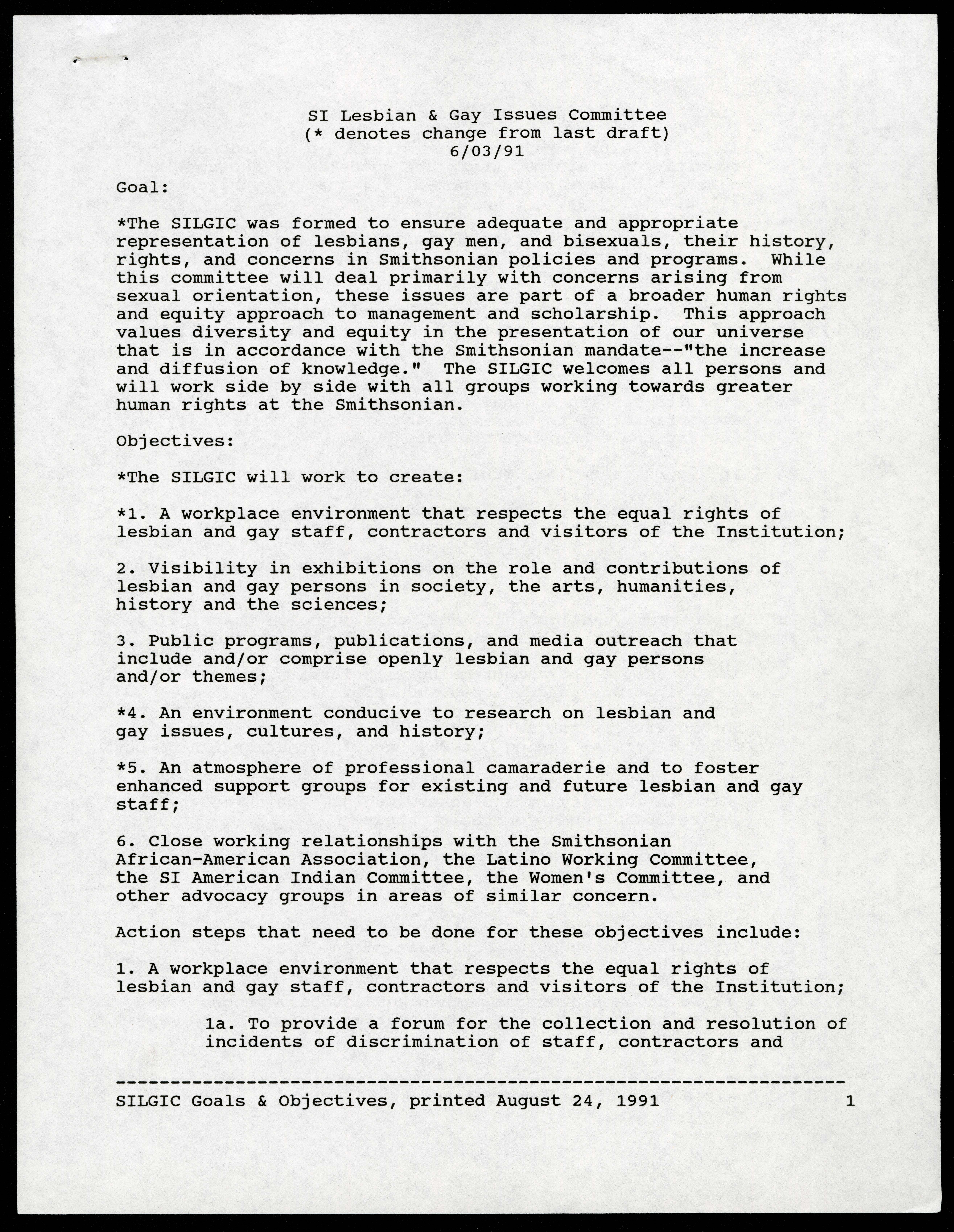
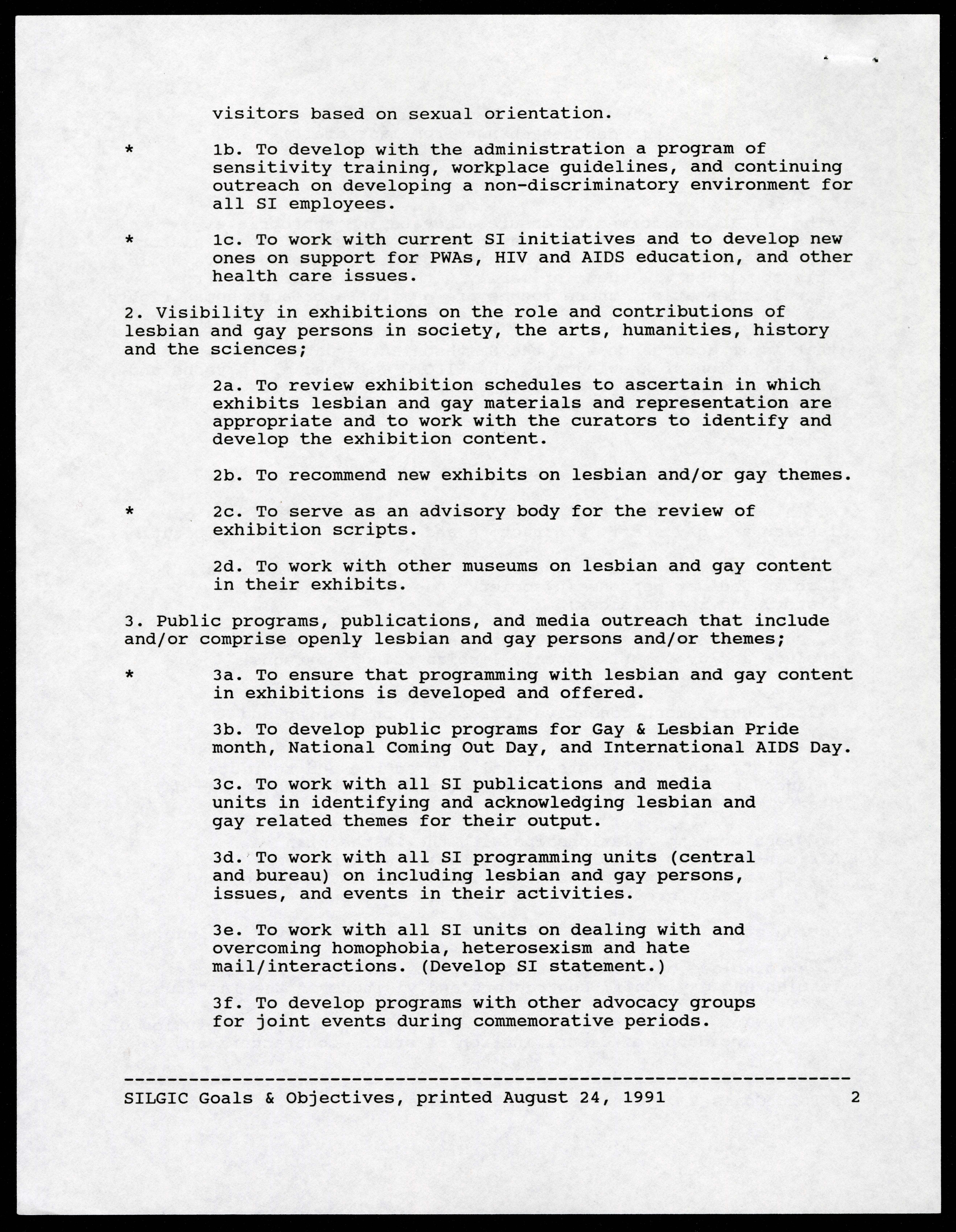

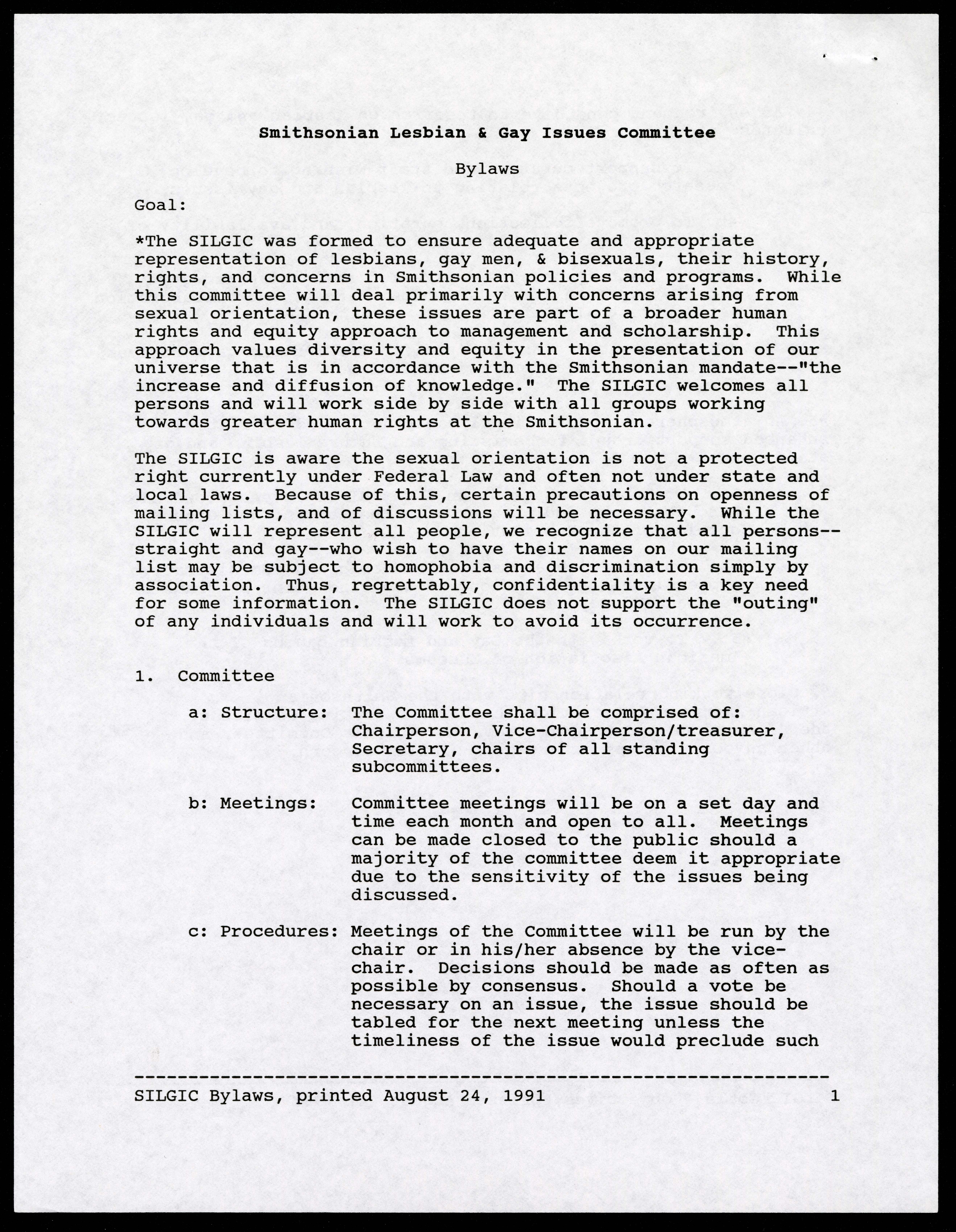


Leave a Comment